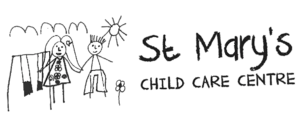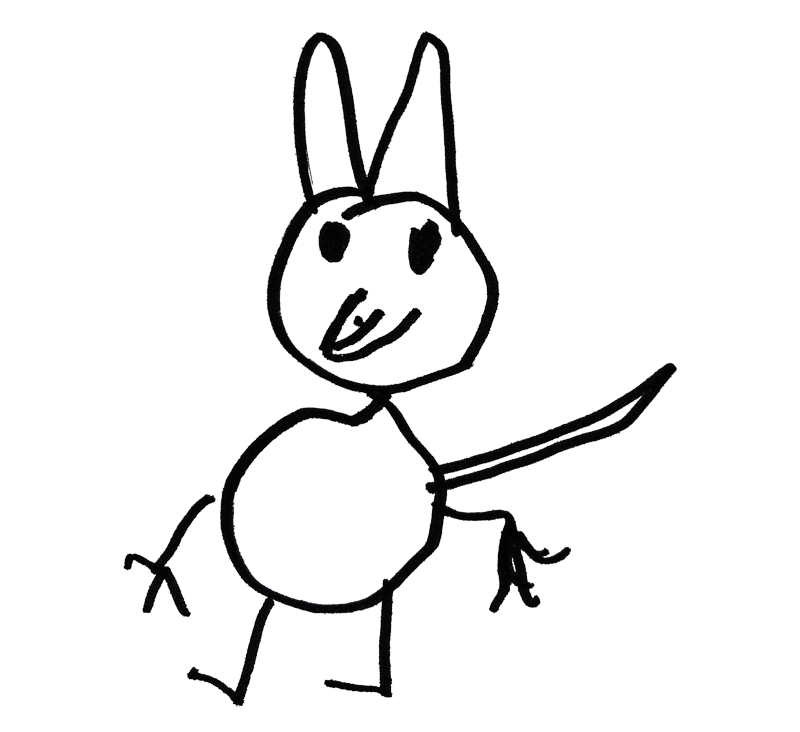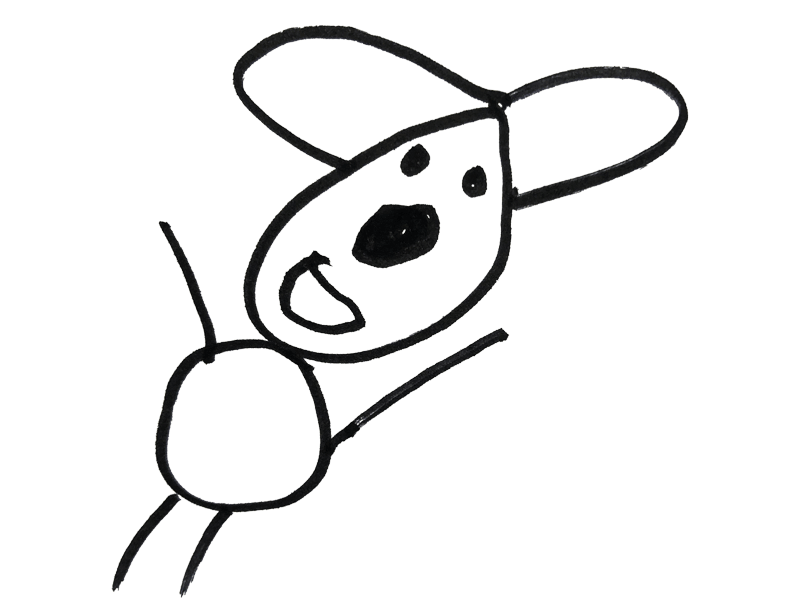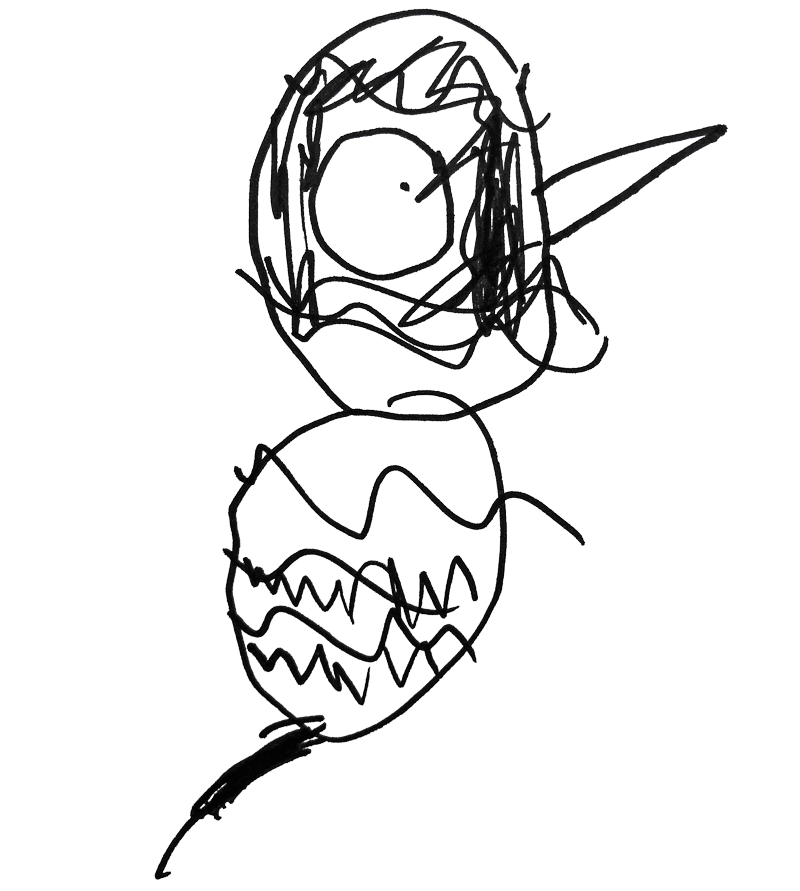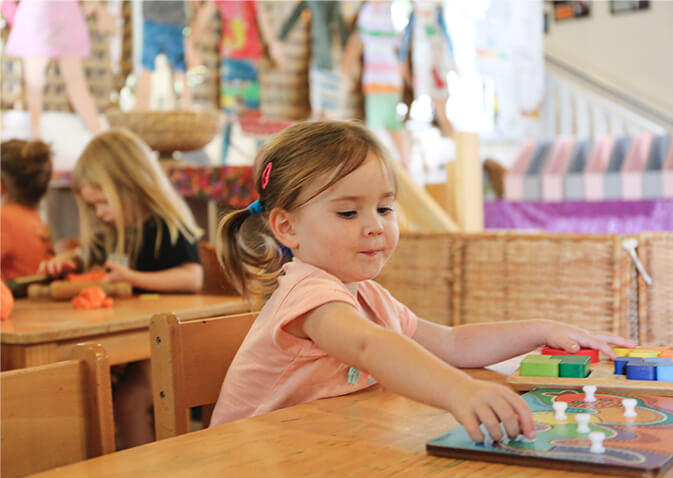
Our Rooms
We believe that educators, families and physical spaces each hold great potential to influence what and how children learn.
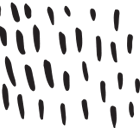
“Every stage of development is complete in itself. The 3 year old is not an incomplete 5 year old. The child is not an incomplete adult. Never are we simply on our way! Always we have arrived. Enjoy Now!! “
- J.C Pearce
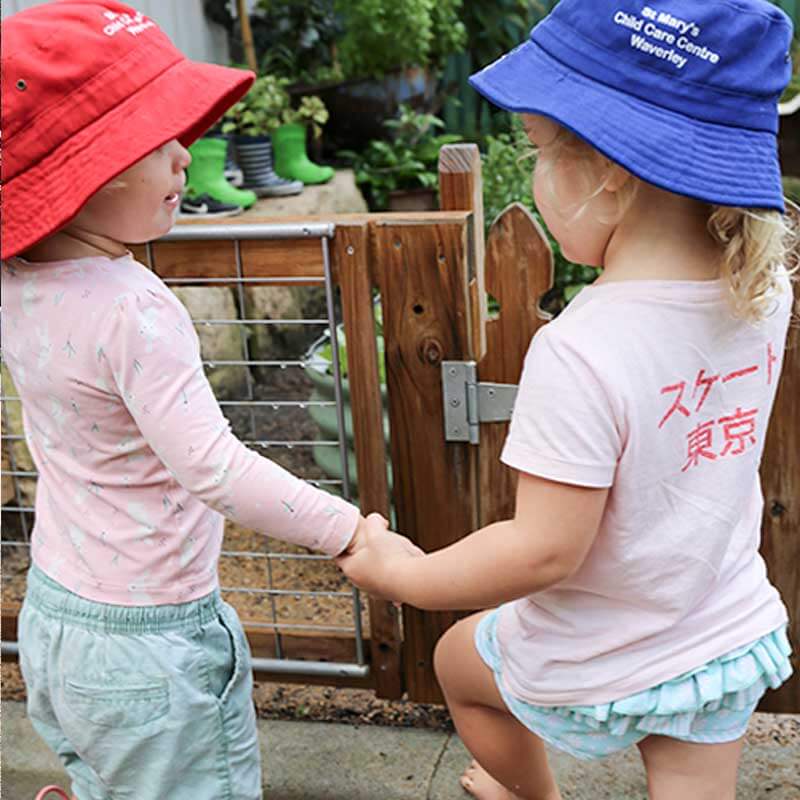
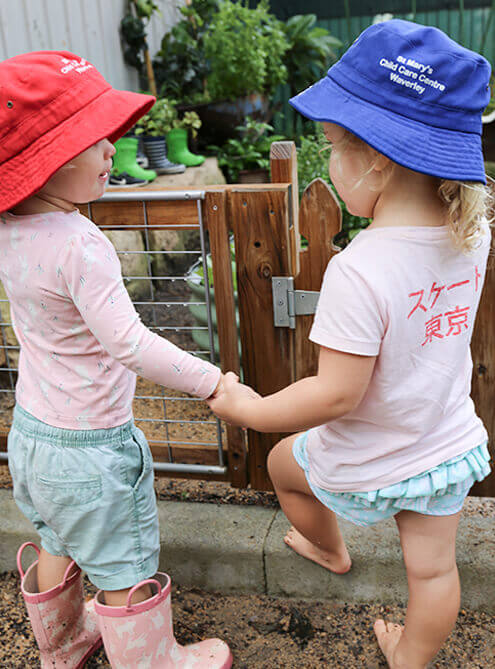
Our rooms
Why do we group the children the way we do?
When we meet our children’s needs – where they are now and who they are today – we’re giving them what they truly need for the future.
Our three seperate rooms allow us to meet the needs of the individual children, to be present and to celebrate the now.
We focus on relationships and connections at St Mary's. We believe if you are happy and confident within the environment, the learning opportunities are endless.
Welcome to our rooms...

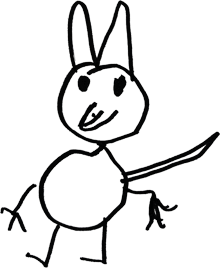
In the Joey room….
There is a maximum of 18 children with a minimum of 4 educators.
The environment is set up to promote play and exploration. There is a focus on promoting and celebrating independence and self-help, skills and connections with others. Relationships are so very important and secure attachments with educators promote the children’s willingness to act independently and learn new skills.
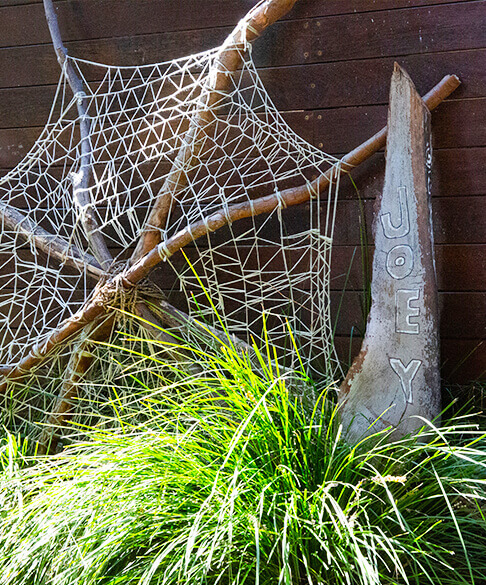

Two to three year olds like to..
- Feel safe and supported
- Sing songs, listen to music and dance
- Use words to describe things they can see and hear in their environment
- Solve problems
- Do things for themselves
- Engage in endless sensory play

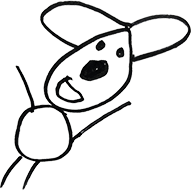
In the Koala room…
There is a maximum of 22 children each day with a minimum of 3 educators.
Our play based environment promotes decision making and independence. The room is set up to allow children to make choices, engage in uninterrupted play and to build relationships with peers.


Three to four year olds like to….
- Ask questions and find out ‘why’
- Play with other children
- Pretend and imagine
- Listen to stories
- Be independent and learn new skills

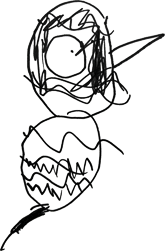
In the Kookaburra room…..
There is a maximum of 24 children each day with a minimum of 3 educators.
The room is a hive of activity as the children set about their ‘work’. The children meet at the beginning of each day to plan the day’s events. And this ensures that the curriculum is relevant and based on the interests and strengths of the group. As the children collaborate, negotiate and plan their play and learning, the opportunities are endless.
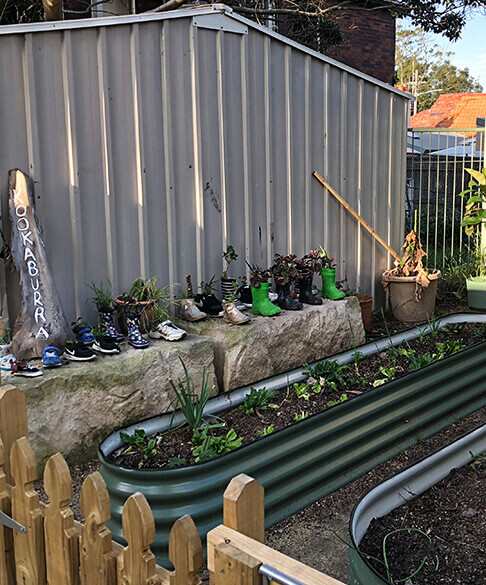

Four to five year olds like to….
- Learn, explore and experiment
- Express ideas
- Play with friends
- Do things for themselves. Be independent
- Collaborate with others about their ideas and interests
The thinking behind
our environments
St Mary’s indoor and outdoor learning spaces are created to inspire wonder, delight and the exchange of ideas, and to value the relationships that are important to children’s lives.
In a stimulating learning environment children:
- Feel safe, respected and values as unique individuals
- Learn to make friends, share happily, and respect and cooperate with others.
- Learn to communicate, act responsibly and play an active role in the community.
- Work in harmony with teachers and peers to explore and develop their potential.
- Play creatively, enjoyably and in educationally dynamic ways.
- Connect with, and care for, the natural world.
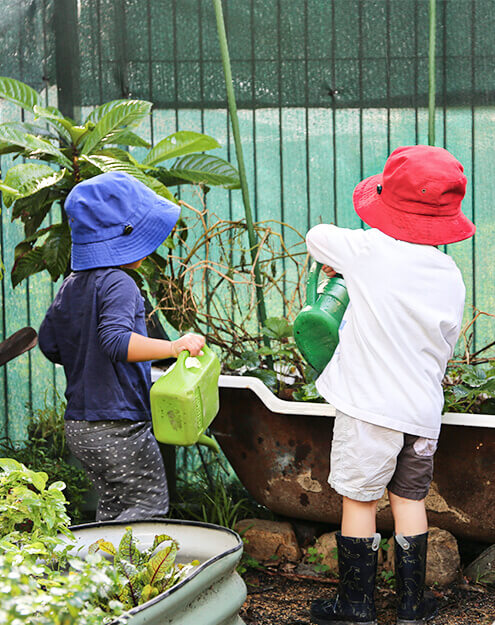

Our routines
We believe that children need predictable routines that allow for flexibility and spontaneous learning opportunities as we never know what the day may bring!. Our routines allow for long periods of uninterrupted play where children can explore and experiment. We use both the indoor and outdoor environments throughout the day to maximise fun, discovery and learning opportunities.
Mealtimes are progressive to ensure the needs of all children are met. Our routines are designed to minimise large groups of children doing the same thing at the same time. Transitions between routines are viewed as learning opportunities so will often include a game or associated task.
